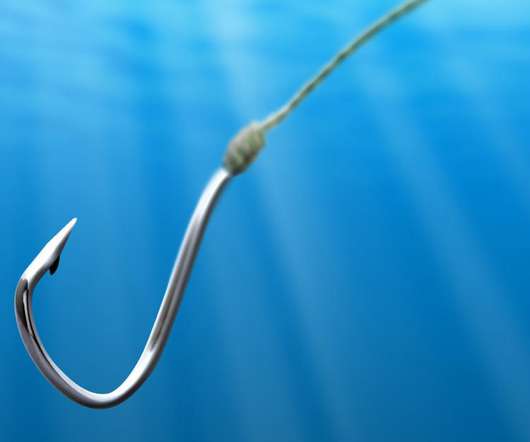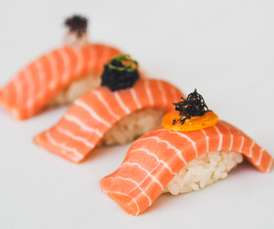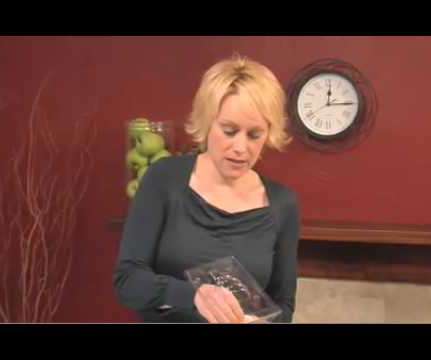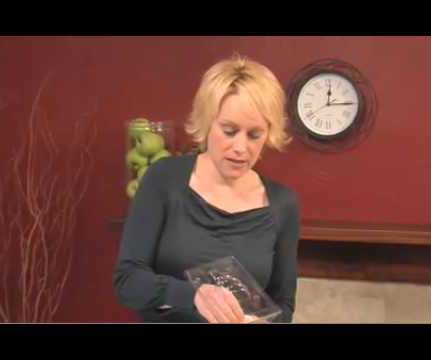Can Bumble Bee and Nestlé hook the world on fishless fish?
GreenBiz
JUNE 8, 2021
Buoyed by the success of red-meat mimics from the likes of Impossible Foods and Beyond Meat, a growing number of companies is angling to capture their share of the early market for animal-free seafood. The nonprofit has named the threatened collapse of fisheries and unmet demand for seafood alternatives as important factors.















Let's personalize your content